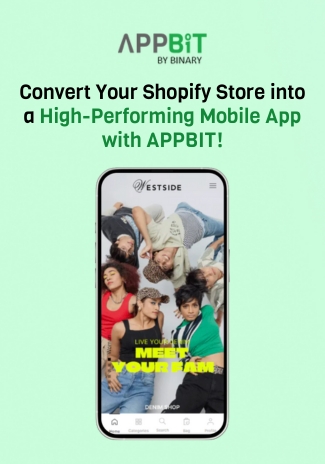Social media strategies are used by organizations today to plan a strategic plan that will help them to improve on their products and boost the sales. However, much is important, to stay on par with the competition. If you are really looking forward, you must see what your competitors are doing, that will give you a glimpse and help you identify strategic opportunities. Given below are different types of competitor’s analysis that will help you out with social media strategy:
- Glimpse on competitor’s activities – When you look at what your competitor is doing, you might get a clear view scope of the social activities they are performing. You can only do this by checking on their profiles, the campaigns they are doing, comments, content on their accounts, etc.You can get wider information once you act like their customer and start posing them with questions and see how often they are responding. If the replies are same for all, it means the replies are set to automatic.The below screenshot shows a Twitter feed of 3 leading US apparel retailers, it shows visual similarities on their profiles. The first two shows a high visual content while the last is more on textual updates on their timeline.

It may look worthy for some while not for others. The objective is to get as much engagement as possible. The brands that are constantly engaging with clients have higher visitors. The following questions will give previews about what brands can foresee through their findings:
- Core channels that organizations are focusing on.
- How are competitors using the channels to meet their goals to meet the sales, engagement and customer services
- Frequency of the updates
- Personal and automated updates
- What content is used and how
- What tailored content is each channel preparing.
- Assessing their social role in providing customer service – Social media plays a vital role today in aligning your brand with what customers want. Using social media is a good means to reach out to your customers. The brand BT has dedicated its Twitter account to provide customer care than marketing. The companies seek better understanding of their customers by gathering the tweets and use them to improve their services. The Harvard Business review suggests that 46% tweets had no response in Feb 2014 as compared to 38% in Feb 2015.
There are several things you can see after studying your competitors profile details. You can check if they are responding well to the complaints made, the tone and response style they are using, etc. if the competitors are poor in responding to customers than you know what their weakness is and quickly take this advantage and give customers what they are looking for. Ask yourself this question and you will have an answer:
- Check if competitors provide separate customer service other than marketing
- Do they provide personalization with the initials of people posting
- Do they respond to negative comments
- Do they provide constructive help to customer queries
- Assessing competitor’s strengths and weaknesses – You cannot have it all so the best potion is to rely on a structured approach than comparing competitors’ strengths and weaknesses. You should be looking for following things:
- What is the good thing that everyone else is doing
- What are customers responding to
- Identifying what customers like to respond to – A smart marketer would exactly know the difference between being socially active and being active and engaged with the audiences. The success for a brand is correct when it has engaged with its audience. You can go through your competitor’s profiles and find some information to see which of the updates are most followed and liked by their followers:
- Check which of the posts have most tweets, retweet or replies on Twitter
- What posts on Facebook has most likes and comments
- What content formats gets the best engagements
- What content style does get attention from the people
After a thorough study, you will know what works good or bad in a social media content plan. Whatever your audiences love, you should be doing that. Make use of the content that you collect online to find most likes, tweets, any particular post that became too popular suddenly, etc. given below is a quick analyze to visualize the opportunities.

- Big Win – in this case, the competitors are not active but engagement is high
- Loss Leader – the engagement is high along with competitor’s activity. You need to compete, it shall take more resource effort with lower ROI
- Space filler – the customer activity is low and competitors are not doing much either. Your brand can be a market leader by engaging smaller audiences.
- Low value – there is high competitor activity with low customer interest.
- Use the knowledge to make your own strategy – Read the above sentence very well, by that it doesn’t mean you replicate what your competitors are doing. If all brands are doing the same, what incentive does the audience have for following one particular brand? After studying their social activities, you need to learn your own lessons, think of the good things they are at. Your only objective is to add up value.
Customers can react strongly to campaigns they don’t feel linked with or the brand matching their vision. The below example shows Fraser’s #Emojinal campaign, that divided customer opinion and attracted a lot of negative feedback. It wasn’t a bad campaign but it looked quite different than its core styling.

You can get very good insights from competitor’s examples, the competitor analysis will help you shape your strategy. Do not copy anything! But you can surely take some elements from their successful campaigns and apply it on your marketing activity to make sure that those elements perfectly align with your goals and vision.

















